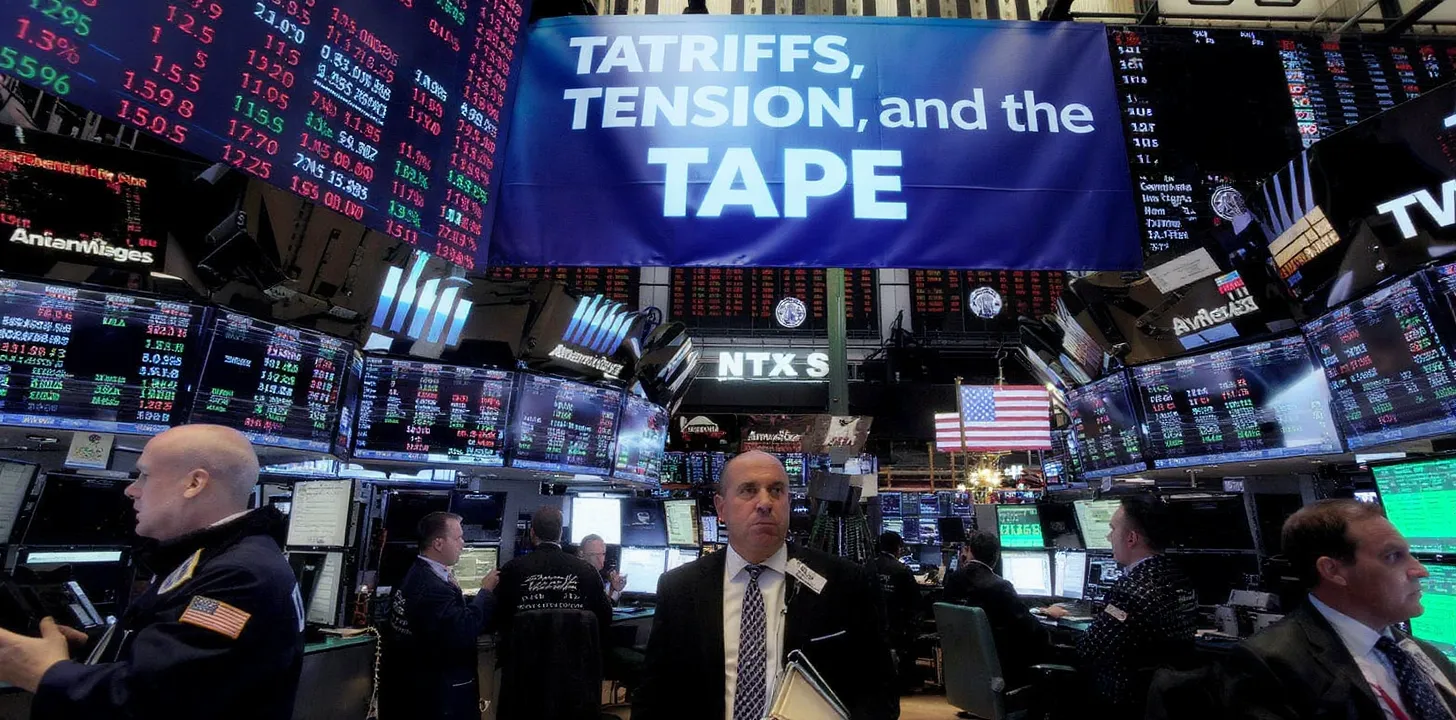Prelude: confidence priced, uncertainty revealed
Markets today behave as though the Fed has already handed them a 25 basis point cut for October — the odds are virtually baked in. Yet the release of the September FOMC minutes has exposed a far less certain institution than consensus suggests: a committee torn between supporting a weakening labor market and resisting the inflation drag.
The equity rallies and gold surges celebrate the promise of dovishness. But the Fed’s internal dialogue reads more like a Hegelian dialectic: thesis (labor stress) vs antithesis (inflation pressure) await synthesis in the art of cautious calibration.
1. What the minutes told us: cracks beneath the surface
- Labor market fear creeping in
Several Fed participants flagged “risks to the job market” as elevated enough to justify policy accommodation. That’s not a red-flag yet, but it shifts the locus of internal concern: the Fed is no longer just watching inflation — it’s becoming defensive about growth. - Inflation concerns remain alive
But dissent was not absent. Some officials noted that inflation had decelerated too little, or that upside risks (e.g. tariffs, import costs, wage pressures) remain nontrivial. These voices create subtle guardrails: easing is not unconditional. - “Not particularly restrictive” — a guarded nod
The minutes characterize current financial conditions (i.e. yields, spreads, credit availability) as “not particularly restrictive,” implying that policy already exerts some easing pressure even before formal cuts. This is a soft pivot in tone. - A divided committee, but with a majority tilt
The original decision to cut 25 bps was almost unanimous (11–1). But internal debate remains about the pace of further cuts — whether two more this year is too aggressive.
2. Market reactions: immediate and second-order ripples
a) Equities & growth sectors rising on “lower discount rate” optimism
Rising expectations for easing have sent technology and AI-oriented equities higher. Lower discount rates improve their NPV valuations. But markets are now longer, and more vulnerable to disappointment.
b) Bond yields: flattening and rotation
Shorter-duration yields (2-yr) have dropped more strongly than long yields, flattening segments of the curve. The steepening of the curve in some parts reflects markets pricing in sustained cuts ahead.
c) Dollar weakness, gold euphoria
A dovish Fed is feeding USD softness, which further boosts gold (already breaking records) and emerging markets equities. Gold closing above $4,000 is not just symbolic — it reflects the risk premium markets are embedding.
d) Macro sectors: mixed responses
Rate-sensitive sectors (REITs, utilities) get relief. Financials may be squeezed by narrowing spreads. Industrials and capital goods may lean on global demand, which in turn depends on China, Europe, commodity dynamics.
3. Risks: mispricing and over-easing
- “Over-easing” threat
If the Fed cuts too aggressively, they might reignite inflation or unsettle inflation expectations. Some Fed members already voiced this fear in the minutes. Markets are betting on up to two cuts, but that path can backfire. - Data blackout & political noise
The U.S. government shutdown has delayed key data releases (jobs, CPI). That makes the Fed’s compass murkier. Simultaneously, pressures on the Fed’s independence loom larger amid political flux. - Sentiment fragility & concentration risk
Markets are increasingly concentrated in a few AI / growth names. Should sentiment wobble, a sharp reversal is plausible—especially if dovish signals falter. The Bank of England has warned of AI bubblelike valuations. - Global spillovers & tariffs
U.S. tariff policy remains a wildcard (especially toward China). A renewed escalation could tip inflation upward and force the Fed’s hand. Also, foreign currencies, emerging market flows, and global monetary regimes interplay with Fed rates.
4. The verdict
We find ourselves at a hinge point. Markets have rallied on the hope of easing. The Fed’s own documents whisper encouragement, yet constrain overconfidence. The real test: whether the Fed can navigate a fall full of surprises — inflation flareups, weak job reports, fiscal gridlock — without losing credibility or momentum.
Not all cuts are created equal. If October’s cut arrives with caution and clarity, markets may breathe easier. If it arrives as a capitulation, we might see volatility returning as inflation’s specter reawakens.



